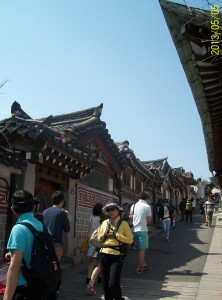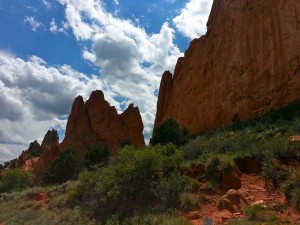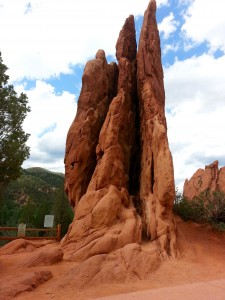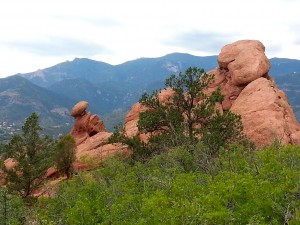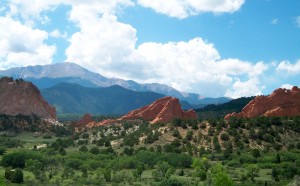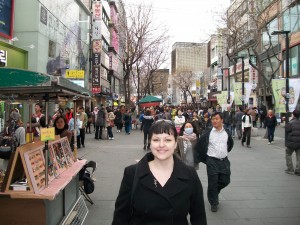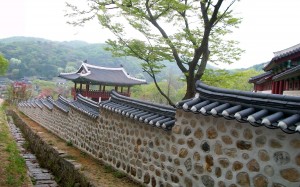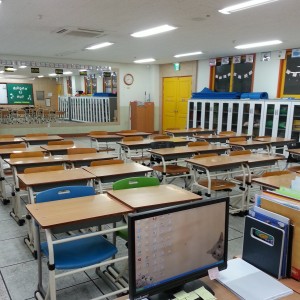The decision to move far from home is not an easy one for most expats. In general, many people stay close to home for fear of being disconnected from their circle of friends and family and missing out on life with them. That concern is still inside those of us who finally choose to leave which is what makes it such a heavy decision. The difference is that those who go usually realize that their dreams won’t stop calling them and just because their goals carry them farther away geographically than most, doesn’t mean they are any less worthy of being achieved.
Coming back to Korea took me eight years. In part, I was trying to give my other goals a fair shot and also I decided to go back to school and do it part-time so I could still live on my own. School happened four years after returning home and took just under three years to complete. My goal then was to finish school and head back to Korea as soon as I could. Then came time to leave and I stayed. For one more year I remained, to enjoy my family and friends without the burden of academics on my shoulders. Two of my closest friends had had children and I wanted to be there for that. I also struggled to leave my Father since he is one of my best friends and imagining life without him being an hour away (again) was hard to do.
I spent my last year in Canada enjoying everyone’s company and soaking it up. By the end of that year I realized that everyone around me was moving forward with their dreams and accomplishing their goals while I was standing still. It was my turn to achieve some goals and if those goals happened to take me really far away, then I had to accept that. This is the general conflict that most people mull over in their minds before heading off to follow their hearts, wherever in this world it may take them.
The part that expats don’t seem to talk about is that once you get to your faraway place, things back home will continue to happen without your consent or attendance and sadly, that includes loved ones passing away while we are gone.
First, there is the finding out part, which may take longer for you since you are not in the same area code or time-zone. You may get word of a friend or someone you know passing away through e-mail instead, in a facebook message or some other form of social media that is often faster and cheaper than calling on the phone these days.
Then there is the moment when you try to figure in your head if you can afford to get home for the funeral, if you will even make it on time and if your current job will even allow it. For most expats teaching in Korea, if you are working at a public school they do offer a leave of absence for a death in the family. However, the flight home is at your expense and usually it’s only five days, two of which will be lost in traveling there and back, if you’re coming from Asia to North America.
Often times the family members or friends will insist that you stay where you are, save your money and don’t worry, as you will probably miss the funeral date, given your lapse in notice, distance, travel time and so on. This can leave the expat in a strange situation.
When I lost a loved one while overseas, I didn’t find out until three days later. It wasn’t a family member, so I would not have been given leave even if I wanted to. I couldn’t afford the flight home anyway and didn’t even know if the funeral had already happened so I was left to process everything on my own, here in Korea. Luckily I had a close friend who knew him well and had the time to skype with me over the next few days. Aside from her though, I was left to my own devices and found myself turning to the internet community for guidance.
There is a website that many foreigners use here in Korea for teaching resources and also for discussion forums on life in Korea in general. I posted a discussion question asking those in the foreign community if they had ever lost anyone while overseas and how they dealt with it.
The response was immediate and I found it overwhelming, heartbreaking and comforting all at the same time. Some had lost multiple family members around the same time and were unable to make it home for either of the funerals. Others lost parents soon after arriving overseas and said it was the darkest time of their lives. Their stories humbled me and gave me strength.
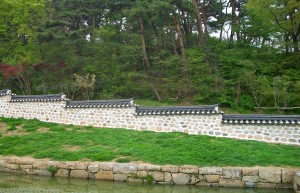
The king’s pond at the mountain fortress. Many Buddhist temples are located in secluded areas like this, giving patrons a quiet space to reflect and meditate.
One person told me to get it all out, to find peace and closure in my own way in Korea as I would never really have it if I thought that closure only came from physically being in the place where they died. He suggested I go to a temple or church here in Korea and make my offering, spend some time reflecting.
I received many thanks for posting that question on the discussion board, as many people told me that they too were dealing with a death or a pending death and they were terrified of what to do once it happened. They thanked me for bringing up a topic that people don’t want to discuss and told me that the other people’s messages were a great help to them. This is why I am writing this now.
I think it’s true that you need to find peace and closure in your own way when you lose someone while abroad. In my situation, I wrote my friend a long e-mail and sent it off, knowing that he would never read it.
For those who lose someone when they are far away, it can be hard to grasp that the idea is even real. You feel like you are floating in space, looking down at everyone who is mourning together back home. At times it can seem easier since you are out of the loop but at the same time, worse to have to go it alone and find your own way through the thoughts, doubts and possible regrets.
In my situation, I told no one here in Korea what had happened and pretended I was fine at school then went home and let it out. In a way, it was easier to compartmentalize things, but I found it also took me longer to process since most of it was internalized. I was low for a while but those messages on the discussion board helped me lift my spirits and be grateful for those who are still here instead of mourning only on those who have gone.
I’m not sure what I can say to make it better because at the end of the day, dealing with death is never easy. My hope is that another expat may one day stumble upon this entry and find comfort in knowing they’re not alone. I know that feeling meant a lot to me when I needed it so I intend to pay it forward.
Below are some counseling options for those in Korea who would like someone professional to speak to.
Adaptable Human Solutions (AHS) is a counseling and therapy office in Seoul. They offer help in English and Korean and offer services in person or over the phone for those located outside of the Seoul area. Many expats have recommended these people when looking for help.
http://ahskorea.com/counsel/
Harpo.ca was also recommended to me by some foreigners. They have an extensive index of English speaking psychologists with varying fields of expertise and some offer skype sessions in addition to face to face appointments.
http://www.harpo.ca/counsel.html
Last but not least, I highly recommend a temple stay if you’re looking for some quiet time to think and reflect. Templestays are mostly Buddhist temples, either traditional Buddhist or Korean Buddhist and specialize in hosting guests for a weekend, a week or whatever you’re looking for. Travelers get to experience a few days in the life of a Buddhist monk while eating some of the best food on this planet.
I did a temple stay last time I was here and it was wonderful. Very peaceful with beautiful surroundings. The next time I need to clear my head, I will definitely be hitting up this website and finding a weekend retreat from the city.
http://eng.templestay.com/index.asp
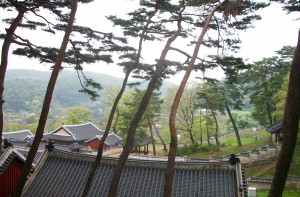
More of the beautiful mountain fortress. Many temples are tucked away into mountain sides like this.
Be well Dear Readers, and remember that no matter where you are in the world, somebody loves you :)
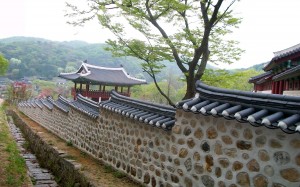
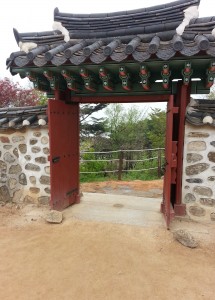



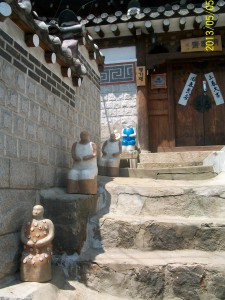
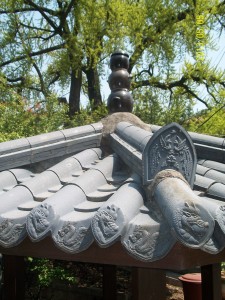
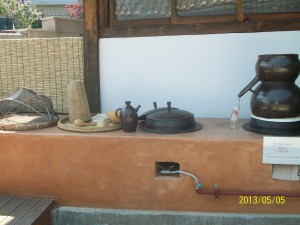

 For more information, see
For more information, see 

